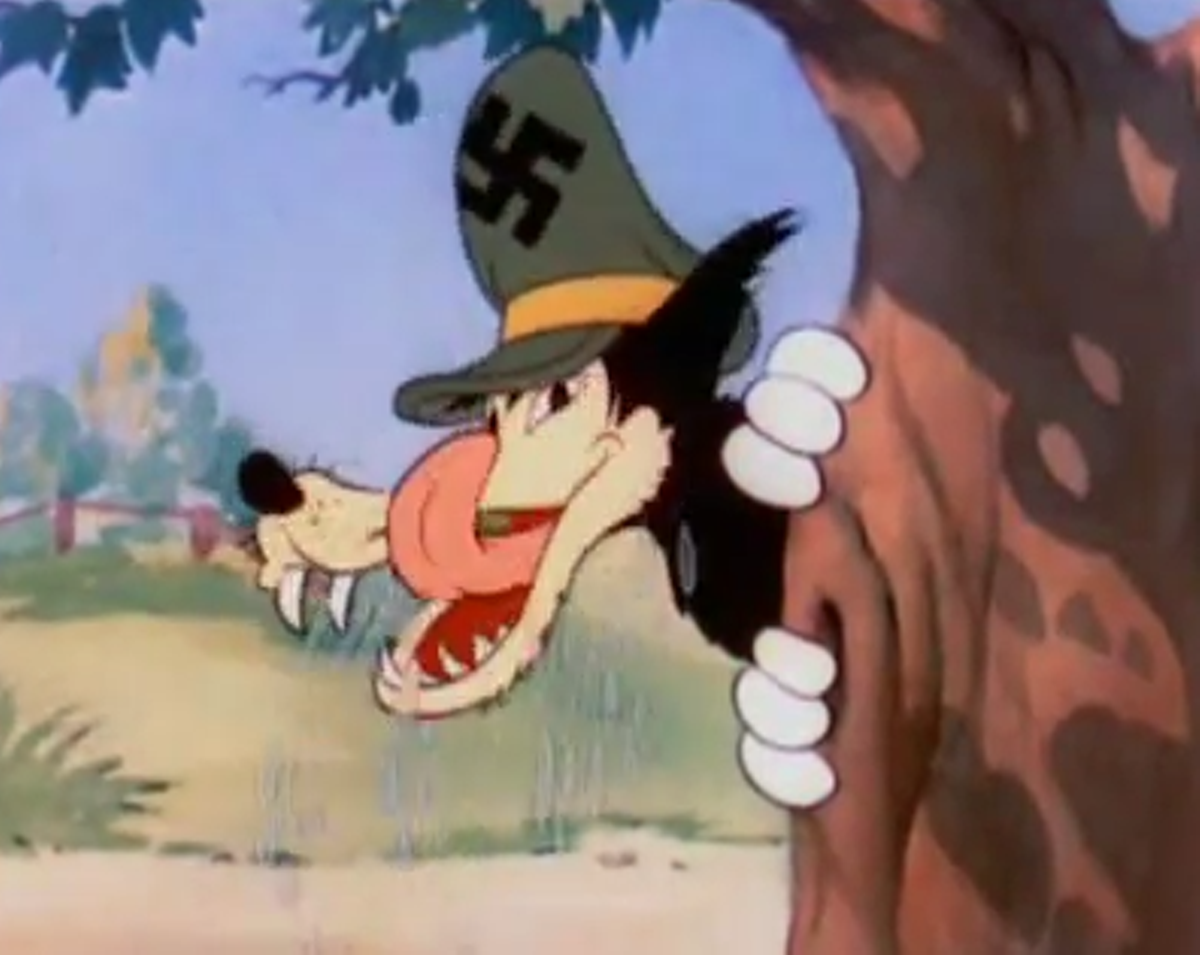To clarify the argument and support statement
· Message intend to convey in Japanese propaganda films (link to the quote mentioned by Haridakis, Hugenberg and Wearden, of the reality in the propaganda production)
o Momotaro no umiwashi (the message of national hero and spirit, can be compared to Victory Through Air Power in the next chapter), Evil Mickey attacks Japan (a representation of victimhood under the power of the US)
· Post-war Japanese film industries (the common message in contemporary war films, Yoshimoto mentioned in Television, Japan and Globalization, to discuss the message that is common between films produced by different animators and directors)
o Grave of the Fireflies, The Wind Rises, In This Corner of the World
· The role of design and performance in building the character for different purposes (linking back to the previous examples, pick out characters to comment and compare both similarity and differences, to develop an identical representation from them, which will link to the responsive practical studies)
o Authors of children’s books were recruited to work in the animation branch to make educational films (mentioned in War and Media, indicating the possible character would be created for the propaganda films)
· Message intend to convey in Japanese propaganda films (link to the quote mentioned by Haridakis, Hugenberg and Wearden, of the reality in the propaganda production)
o Momotaro no umiwashi (the message of national hero and spirit, can be compared to Victory Through Air Power in the next chapter), Evil Mickey attacks Japan (a representation of victimhood under the power of the US)
· Post-war Japanese film industries (the common message in contemporary war films, Yoshimoto mentioned in Television, Japan and Globalization, to discuss the message that is common between films produced by different animators and directors)
o Grave of the Fireflies, The Wind Rises, In This Corner of the World
· The role of design and performance in building the character for different purposes (linking back to the previous examples, pick out characters to comment and compare both similarity and differences, to develop an identical representation from them, which will link to the responsive practical studies)
o Authors of children’s books were recruited to work in the animation branch to make educational films (mentioned in War and Media, indicating the possible character would be created for the propaganda films)

